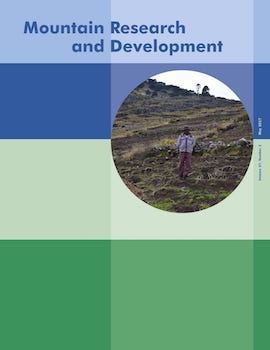The importance of mountains as “natural water towers” has been quantified by comparing water budgets in upstream (mountain) and downstream (lowland) areas, but their importance for tap water supplies has not been assessed. Here, we propose an isoscape approach to estimate the mean recharge elevation of tap water sources (rivers, reservoirs, springs, and wells) and apply it to a region in central Japan as a case study. Errors in the estimation of mean recharge elevation were estimated at 90–140 m. Results show that mean recharge elevations for about 90% of sources in the region are at 1000 m above sea level or higher. A little over half of the land area is above that elevation, while 98% of the population lives below it. These findings indicate that tap water disproportionally depends on recharge in mountains and is disproportionately supplied to lowland residents. Higher locations of spring water sources and longer (vertical) distances of groundwater flow for well water sources make the recharge-to-population disproportionality more remarkable. Furthermore, our results suggest that larger cities require higher natural water towers to meet greater water demand, complemented by intermunicipal water suppliers. Some low-elevation municipalities depend heavily on water recharged in mountains well outside their territories. The method proposed here helps clarify how people depend on water supplies from mountains, providing essential knowledge for integrated management of mountains and water resources.
How to translate text using browser tools
1 May 2017
Regional Assessment of Recharge Elevation of Tap Water Sources Using the Isoscape Approach
Tsutomu Yamanaka,
Yuki Yamada

Mountain Research and Development
Vol. 37 • No. 2
May 2017
Vol. 37 • No. 2
May 2017
hydrology
isoscape
isotope
Japan
mountain
recharge elevation
Tap water




